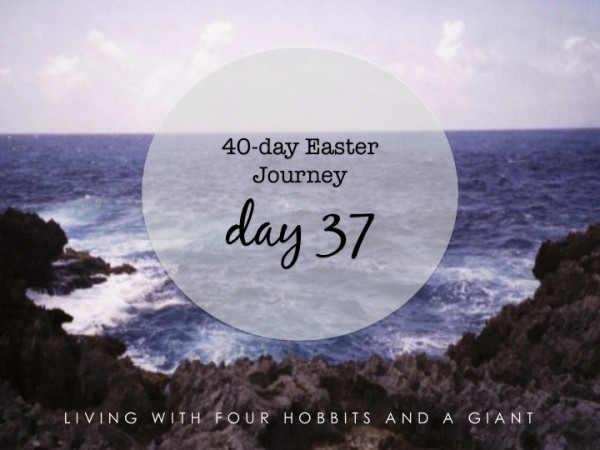
Judas Betrays Jesus
Matthew 26: 14-15 Then one of the twelve, named Judas Iscariot, went to the chief priests, and said, “What are you willing to give me to deliver Him up to you?” and they weighed out to him thirty pieces of silver. And from then on he began looking for a good opportunity to betray Him.
Mark 14: 43-46 And immediately while He was still speaking, Judas, one of the twelve, came up, accompanied by a multitude with swords and clubs, from the chief priests and the scribes and the elders. Now he who was betraying Him had given them a signal, saying, “Whomever I shall kiss, He is the one; seize Him, and lead Him away under guard.” And after coming, He immediately went to Him, saying, “Rabbi!” and kissed Him. And they laid hands on Him, and seized Him.
In the time when Jesus lived, people greeted one another with a kiss on the cheek. Some cultures still do this today much like you may greet people you know well with a hug. Judas used the very symbol of friendship to betray Jesus.
Think of different ways we betray God with our actions. (examples: being mean to others, making fun of people, not letting others play with us, disobeying our parents or teachers, etc.) These very things are what put Jesus on the cross. He died for OUR sins. That should first make us feel sorry and then make us feel very thankful that Jesus is so willing to forgive us.
Activity: Have one child stand next to you. Give them a book and say one way we feel betrayed by friends. Add books one by one having each person in the group say a way they feel betrayed or how we mistreat one another. When the child starts to struggle with the load explain that Jesus was weighed down by our sins as He faced the cross AND He was at the same time betrayed by Judas and beaten by the soldiers. Explain that we, too, are sometimes weighed down by life’s circumstances or the wrong things we do. With the help of Jesus, that load can be taken from us. Take the books from the child.

Hi! I’m Leighann. I help busy women go from frazzled to fabulous. I talk about winning imperfectly at life, finding hope in every season, and learning to manage stress while accomplishing your goals. But wait! I have two freebies below – don’t miss out on them – one to cultivate more calm in your life and the other to increase your productivity. Download them now!






